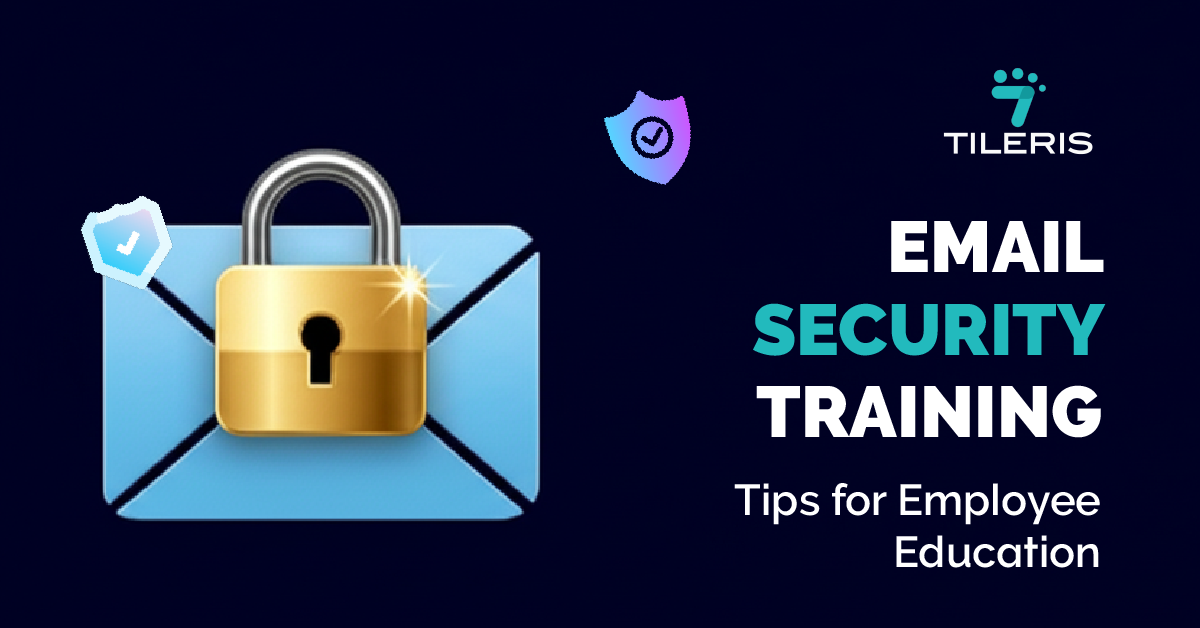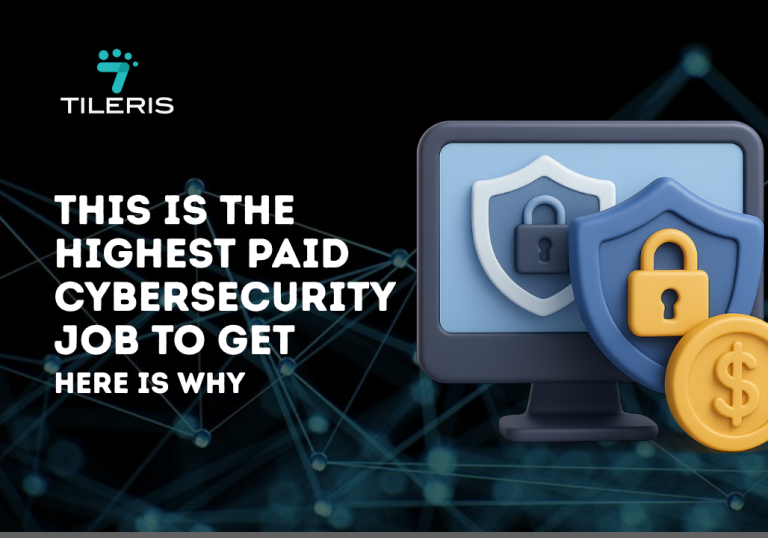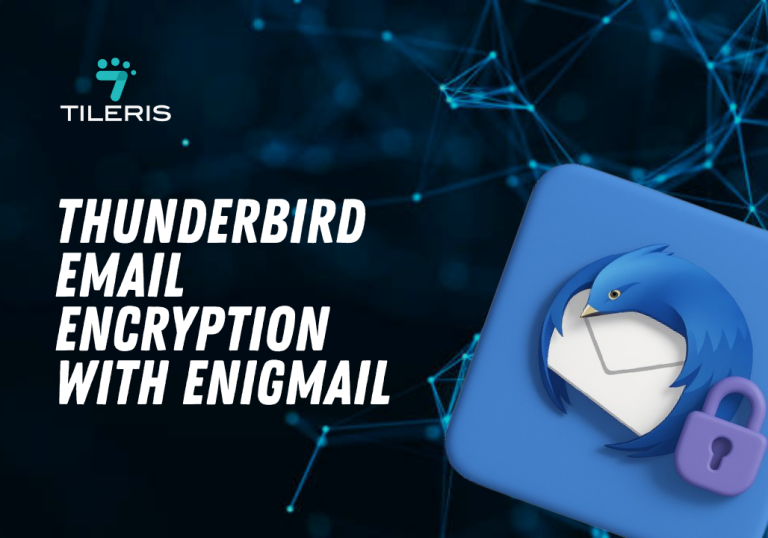Email Security Training: Tips for Employee Education
Introduction
Let’s be real: email is awesome for business. It’s how we get things done! But here’s the kicker: it’s also where most of the bad guys try to sneak in. Think of your email as your business’s front door; if everyone knows how to spot a suspicious knock, you’re way safer. That’s why email security training for your team isn’t just a good idea, it’s a must-have. This article is all about giving you the lowdown on how to make that training stick!
Why Bother with Email Security Training?
You might be thinking, “Another training? Really?” But trust us, this isn’t just about ticking a box. This is about real-world protection from cybercriminals like:
- Blocking Those Pesky Phishing Attacks: Most cyber problems start with a tricky email. When your team knows how to spot those fake “urgent” messages or too-good-to-be-true offers, they become your best defense.
- Keeping Your Secrets Safe: Your business runs on sensitive information like client lists, financial data, and secret sauce recipes! Training helps everyone understand that one wrong click can spill the beans, and how to keep those digital doors locked tight.
- Dodging Big Headaches: A single slip-up can lead to a massive data breach, ransomware locking up your files, or your bank account getting drained. Good training dramatically cuts down on these terrifying possibilities, saving your reputation.
- Playing by the Rules: A lot of industry rules and regulations actually require employee cybersecurity training. So, you’re not just getting safer, you’re staying compliant too.
Tips for Training That Works
Nobody wants a snooze-fest. To make your email security training memorable and effective, try these tricks:
- Phishing Drills: Don’t just talk about phishing; show them! Send out harmless, fake phishing emails periodically. It’s a safe way for your team to practice spotting the fakes. When someone reports one correctly, give them a shout-out! It builds confidence and sharpens their cyber-senses.
- Make it Interactive: Ditch the endless slides. Use short, snappy videos, fun quizzes, or even quick games. Get them involved! When people do something, they learn better.
- Real Stories, Real Impact: Talk about actual (but anonymous!) examples of email scams. “Remember that big company that got hacked last month? This is how it started…” When it feels real, it feels more important.
- Keep it Fresh: Cybercriminals are always inventing new tricks. So, your training needs to evolve. Send out quick, regular updates on the latest scams or a “tip of the week” to keep everyone on their toes.
Best Practices for Employee Learning
It’s not just what you teach, but how you teach it:
- Tailor It Up: Your finance team needs to know different things from your marketing team. Customize the training for different roles. It makes it relevant, and relevance makes it stick!
- Talk Like a Human: Seriously, no tech jargon! Explain things in plain English. Focus on simple, actionable steps they can take right now.
- Open Doors for Questions: Create a safe space for questions. You want your team to feel comfortable saying, “Hey, this email looks weird, what do I do?” instead of clicking out of fear.
- Make it Easy: Offer training in different ways, for example, quick online modules, short in-person chats, or even just a weekly email tip. Make it super convenient to fit into their busy day.
Building a Cyber-Smart Culture
The ultimate goal? To make email security just part of how you do business, like locking the office door at night.
- Leadership Leads the Way: When the bosses genuinely care about cybersecurity and show it, everyone else follows. Their support sends a clear message: “This is important for all of us.”
- Get Everyone Involved: Don’t just tell them; engage them! Make it easy to report suspicious emails, and praise those who do. When everyone feels like they’re part of the solution, they’re more invested.
- Never Stop Improving: Cyber threats are always changing, so your training can’t be a “one and done.” Keep refining, updating, and learning from what works. It’s a continuous journey!
- Cheer Them On: Focus on encouraging good security habits, not just punishing mistakes. Make security a team effort to protect everyone’s jobs and the company’s future.
Conclusion
At the end of the day, making your team savvy about email security is one of the smartest investments you can make. By putting these tips into action, you’re not just preventing cyber nightmares; you’re building a stronger, more resilient business. Empower your team, and they’ll become your most powerful defense against the bad guys.
Ready to beef up your email security game? At Tileris we have tons of great resources out there, and we encourage you to dive in! Contact us at tileris.com.
Video on Email Security Training: Tips For Employee Education.
FAQ
Frequently Asked Questions (FAQ)
Why is email security training so important if we already have security software?
Think of security software as strong locks on your doors, but your employees are the ones holding the keys. Most cyberattacks, especially phishing, begin by tricking a person, rather than breaking through software. Training teaches your team how to spot these tricks, making them the most important defense your company has. It’s about empowering your people to avoid the sneaky attacks that software alone might miss.
How can we make sure our team actually learns and remembers the security training?
The key is to make it engaging and relevant! Ditch boring presentations for interactive quizzes, short videos, and even fun, harmless phishing drills. Share real-life (anonymous) examples of scams to show the impact. Most importantly, keep it fresh with regular, quick tips, because cyber threats are always changing. When training is interesting and practical, people are much more likely to remember and apply what they’ve learned.
What’s the biggest mistake businesses make with email security training?
The biggest mistake is treating it as a one-time chore. Cybercriminals constantly invent new ways to trick people, so a single training session won’t cut it. Effective security training needs to be ongoing, with regular updates and refreshers. Another common mistake is making it too technical or not tailoring it to different roles within the company, which makes it less relevant and harder for employees to grasp.
We’re a small business; do we really need this kind of training?
Absolutely, small businesses are often even bigger targets! Cybercriminals know smaller companies might have fewer advanced security systems, making employees the easiest way in. A single successful phishing attack can be devastating for a small business, leading to huge financial losses, data theft, and reputation damage that can be hard to recover from. Training your team is one of the most cost-effective ways to protect your business from these very real threats.







